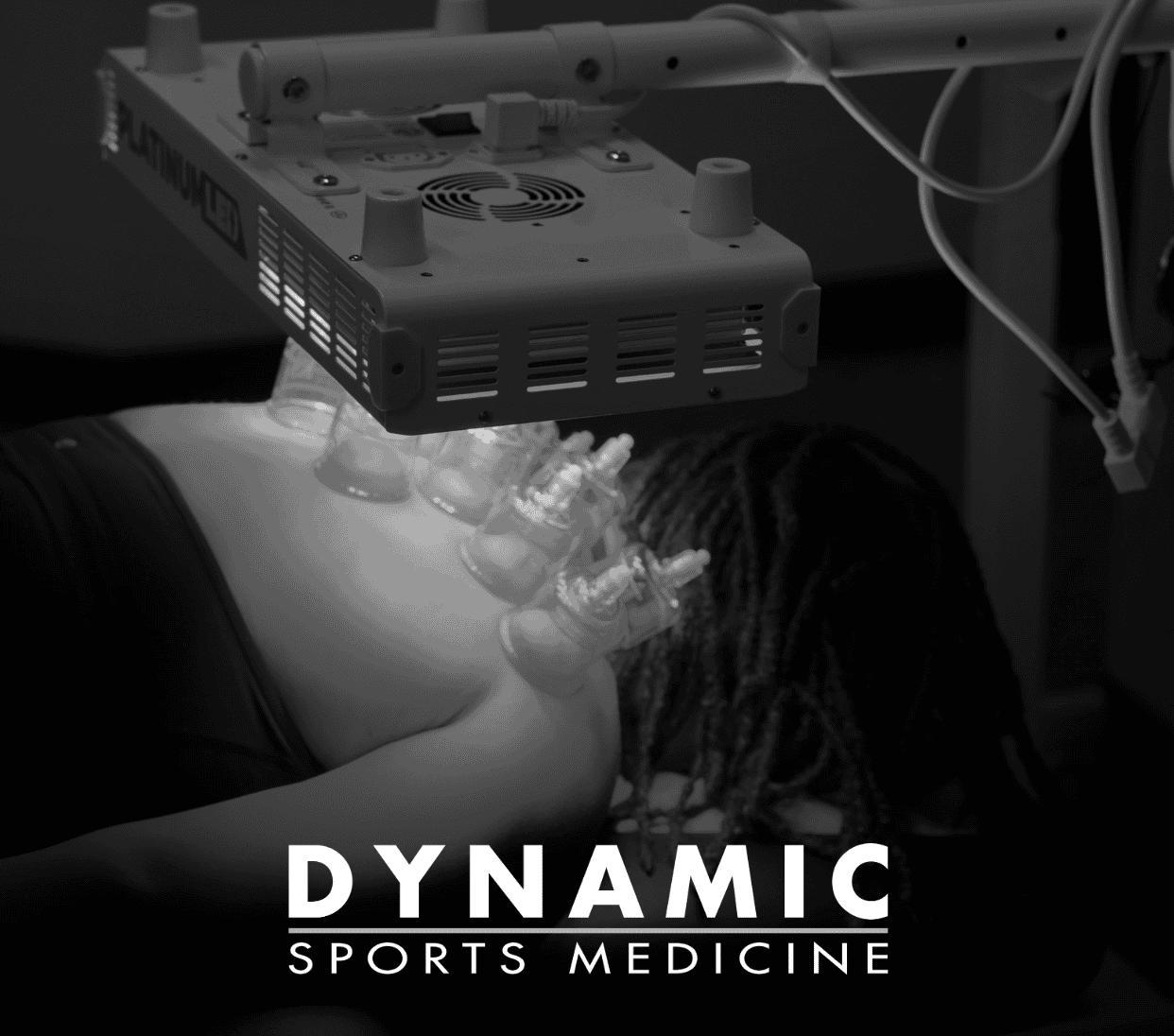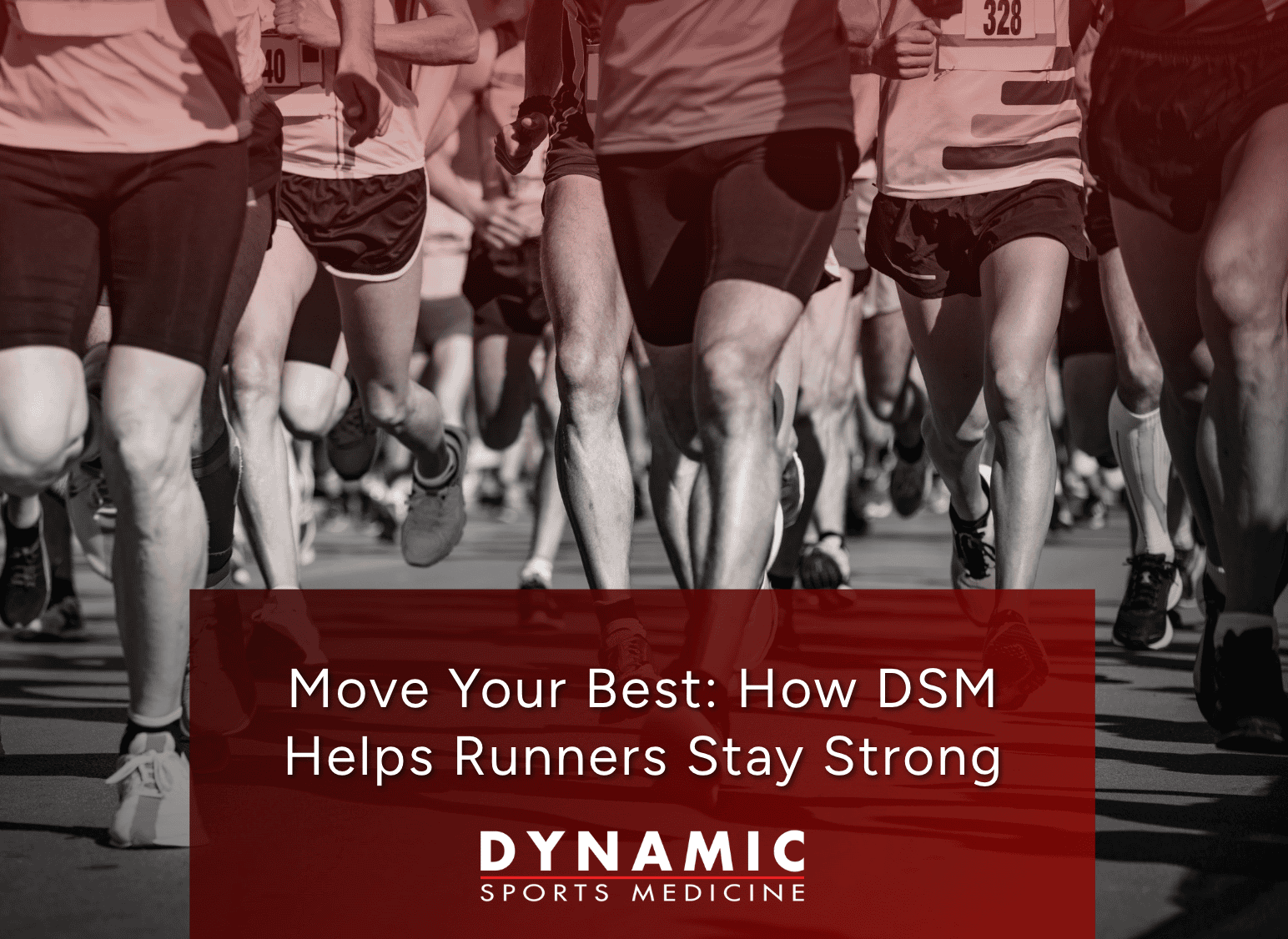Myofascial Release
A massage is always nice after a long day or hard workout, but did you know a massage can improve overall body function and protect it from injury? If it’s Myofascial it can! Myofascial release is a highly targeted form of massage aimed not at the muscles in general, but at the body’s fascia, the stretchy, web-like film that covers and separates every muscle in the body.
Found directly between the skin and muscle, fascia should be flexible and stringy, as well as very strong. Its purpose is to provide structural support to the body and protection to your muscles, while still allowing for free and easy movement.
Over time, however, the deepest fascial layers can become distorted, thick and non-pliable as the result of several factors, such as daily activity — or lack thereof — posture (standing and sitting,) flexibility and repetitive motions. Distortions in the fascia lead to pulled muscles, spasms, pain around the joints, and limited mobility, as well as more severe conditions like frozen shoulder, tennis/golf elbow, plantar fasciitis, knee pain, and tension headaches.
Here’s how: When one part of the body is not working efficiently, another will compensate. If your shoulders ache from being hunched over a desk all day, your lower back may take on some of the load of lifting those weights or grocery bags. Overly tight hamstrings cause the quadriceps muscles to do the work the hamstrings are unable to. When this happens, fascia thickens to protect the improperly utilized muscle from overstretching or injury.
This chronic stress to the fascial fibers causes them to lose some of their natural shape, texture and flexibility, eventually limiting mobility and causing pain during activity.
Constricted fascia is a common side effect of both active and sedentary lifestyles, and can be addressed through a chiropractic evaluation of posture and body alignment, combined with specific stretching exercises and myofascial release.
At Dynamic Sports Medicine, we specialize in the most advanced sports therapy and myofascial release techniques available today, Fascial Distortion Model (FDM), Active Release Technique (ART), Cupping, Dry Needling, and Graston Technique.
Our more physically active patients find it useful in both the treatment and prevention of injuries, while my more sedentary, desk-bound patients can improve their posture and circulation for more all-day comfort. Almost all notice an immediate improvement in pain level, flexibility and mobility.
Come see us to learn more about myofascial release and how it can improve your overall body function.


